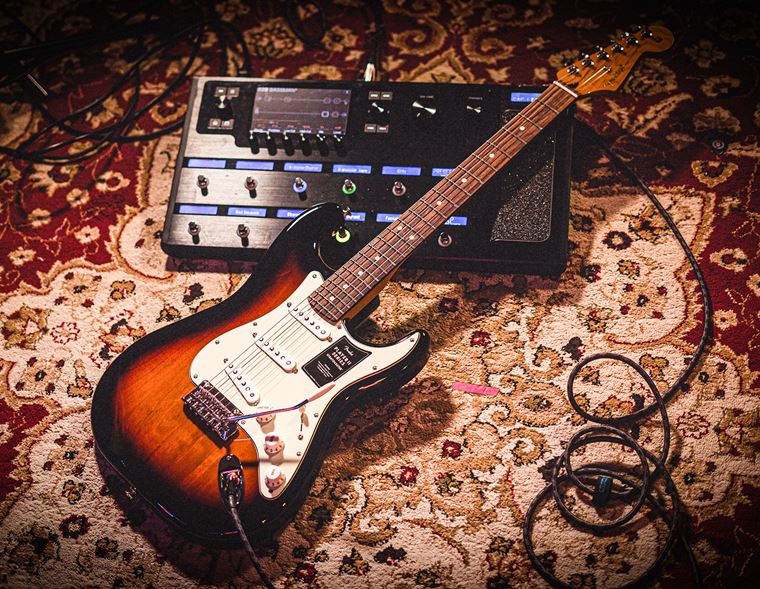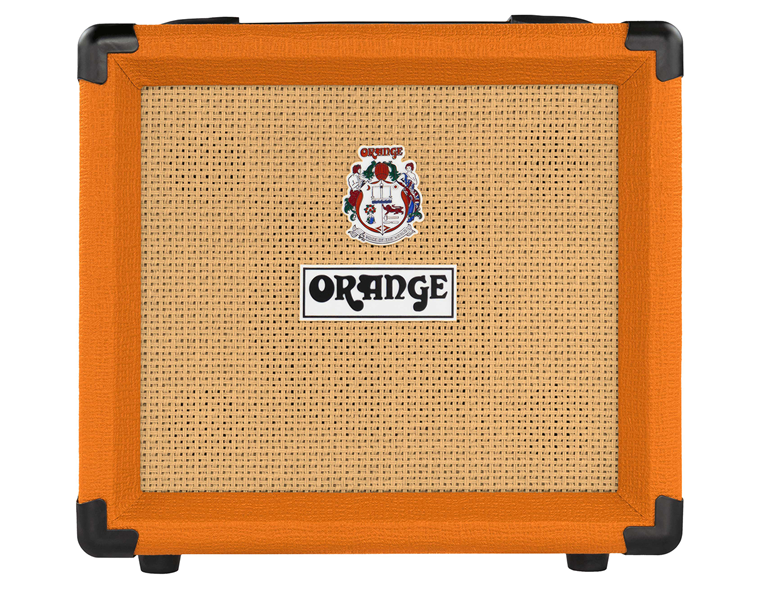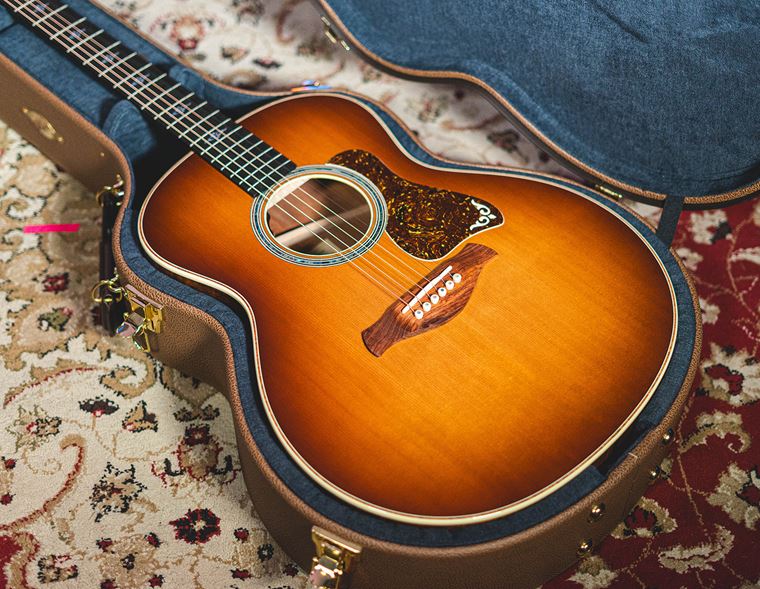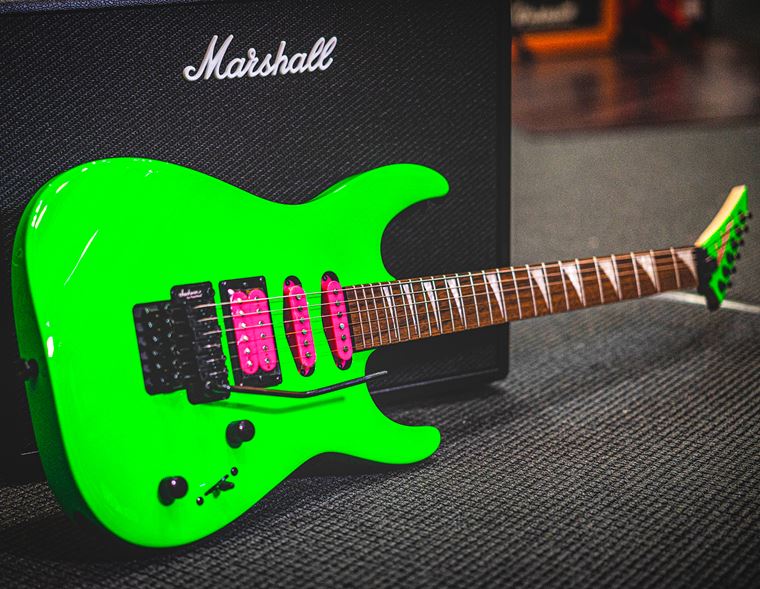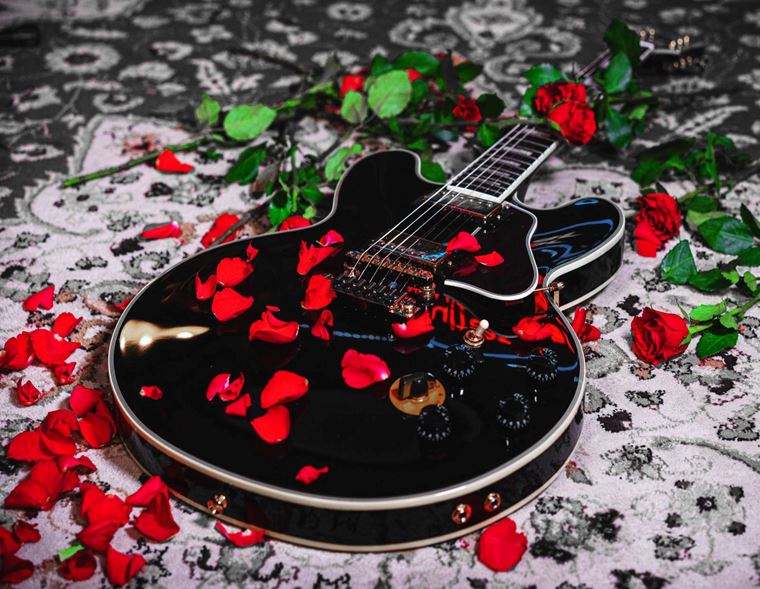Ibanez Basses: A Brief Guide to What’s Out There
Published on 27 August 2024
We talk a lot about Ibanez guitars at guitaruitar because they are pretty exciting and great quality. What’s not to like? What we maybe don’t spend enough time talking about is Ibanez basses.
Today I aim to remedy that somewhat.

Ask any guitar aficionado about the Ibanez brand and they’ll mention the shapes, the finishes and probably the ’performance’ of them: they are designed and made for all genres, but they do specialise in more technical styles. This diversity and personality is characteristic of their basses too, which are available in a strong variety of models.
As a musician, I’ve used Ibanez basses often. I’m fond of how little they intrude in my playing/thought process: sleek necks and effective controls means that I can concentrate on my performance, which isn’t something I’m ever guaranteed when playing bass!
As a former instrument salesperson, I knew I could rely on Ibanez’s quality when showing basses to customers: at any price point, Ibanez seem to build a little more into their basses, offering strong reasons to choose them over a competitor’s brand. It doesn’t hurt that they use lots of cool finishes too!
Content
The Ibanez Bass Styles
What’s interesting is that they do not overtly try to offer their version of a P-Bass/J-Bass/Rickenbacker, instead ploughing ahead with their own designs and their own aesthetics. This is something worth celebrating and indeed exploring further, so today, I’ll arrange this piece into a range-by-range peek at what’s out there right now for fans of the low end. Whether you are a classic rock fan, a Djenter, a jazzhead or an indie player, Ibanez have something interesting for you. Right this way, if you please…
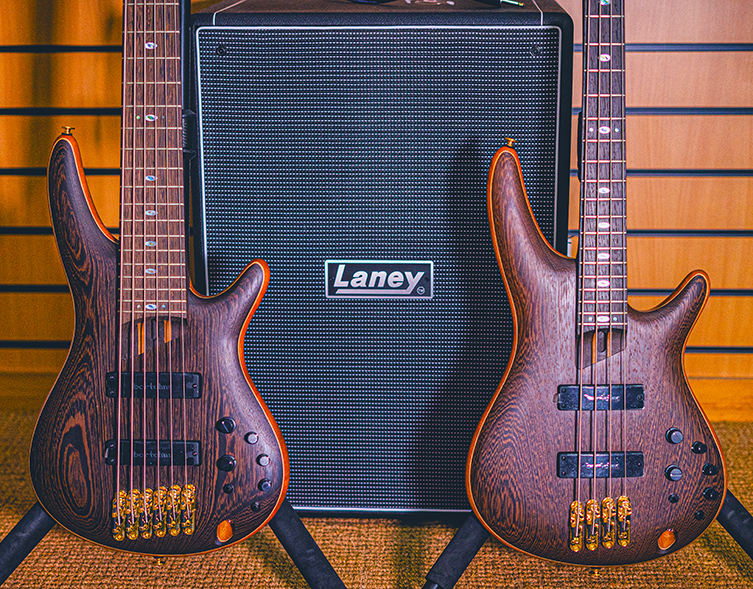
The Ranges
In fact, just before I take you through the models, it makes sense to address the different ranges that Ibanez use for different price points. Here’s roughly how it all sits…
- Gio: Beinner/student models. Solidly built and eschewing ornate decoration for economical reasons
- Standard: Ibanez’s regular, most popular line of instruments. A massive amount of models are available here with all sorts of hardware options.
- Iron Label: not a quality jump as much as a zoom into genre specifics, the Ibanez Iron Label line is focused squarely on contemporary metal styles of music. As such, the majority of Iron Label instruments are black, devoid of fancy decorations, and spec’d for detuned, high output performance.
- Premium: Higher quality of build, hardware and finishing. Made in a specific facility in Indonesia. Frets receive ‘premium fret treatment’.
- Prestige: Made in Japan and a cut above again in terms of quality. Ibanez Prestige basses are pro-class in every way.
- J.Custom: J Custom is Ibanez’s top-grade, Japanese made range of instruments. No expense is spared here, and only the finest materials get used by the best artisans in Tokyo to make instruments that rival those of anyone on the planet.
- Bass Workshop: As much a testing bench for cool ideas as it is the top of the pyramid in terms of quality, Bass Workshop is where the more far-out ideas are dreamt up and built, to the standards that are comparable to those of J.Custom. These are produced in far fewer numbers, though, since their designs can be ‘esoteric’, to say the least!

So, going forward, you’ll now know that a lot of styles below will be available across many ranges: the SR, which I’m just about to show you, is made in multiple ‘Gio’ models, multiple ‘Standard’ models, multiple ‘Prestige’ models, and so on. Make sense? Cool, here are the styles…
SR
First off, I’ll look at the SR style, since it’s maybe the one that we are most familiar with. This could be because Ibanez offer a good range of beginner basses in this shape, and so fledgling players often meet the Ibanez SR early in their playing life. That said, the range takes the SR style right up to top-dollar models from the Prestige and even Bass Workshop ranges.
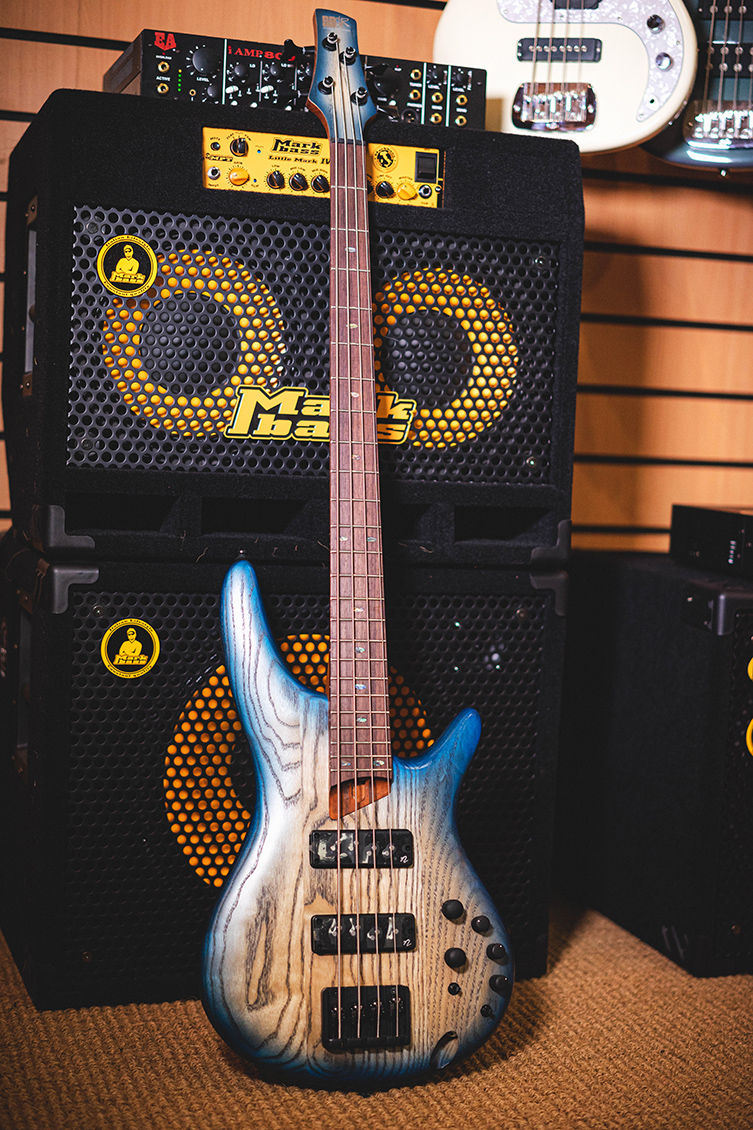
The SR is a double cutaway body style that’s relatively small and highly rounded-off. It’s a comfortable shape to work with and doesn’t feel out of place in any musical setting. The typical vibe for an SR is a four string bass with a thin neck and a set of two bar pickups. Of course, this is Ibanez, so you can also have the SR with 5 or 6 strings, fanned frets, partial frets (half of the fingerboard is fretless) or no frets at all!

Also, finishes can be flat, metallic or quite exotic, depending on the model (and hence the timbers used). You can find burl tops with translucent oceanic stains (check out the gorgeous 6-string SR1426B in Caribbean Green), and for contrast, the SR can also be understated, like this Brown Mahogany finish SR505E.
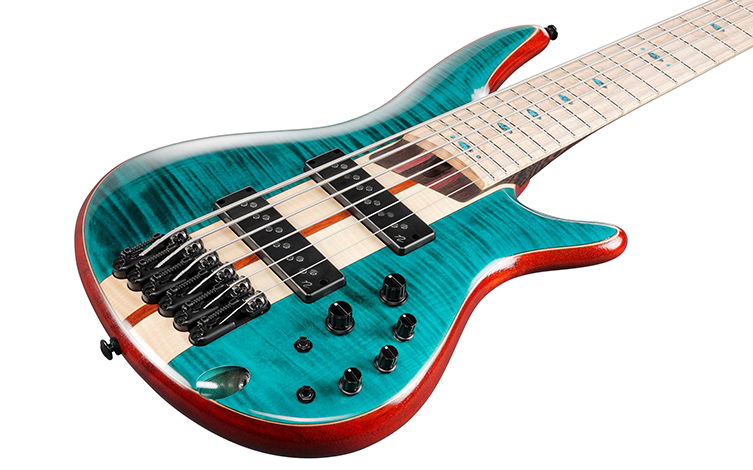
BTB
The Ibanez BTB models are like boutique basses for the masses, and in fact the name BTB stands for ‘Boutique Bass’. Taking their inspiration from ‘small shop’ bass builders, the BTB range marries an unconventional shape (either with two elongated horns or a single cutaway following the same silhouette) with a 35” scale length, which of course is an inch longer than the standard 34” measurement.
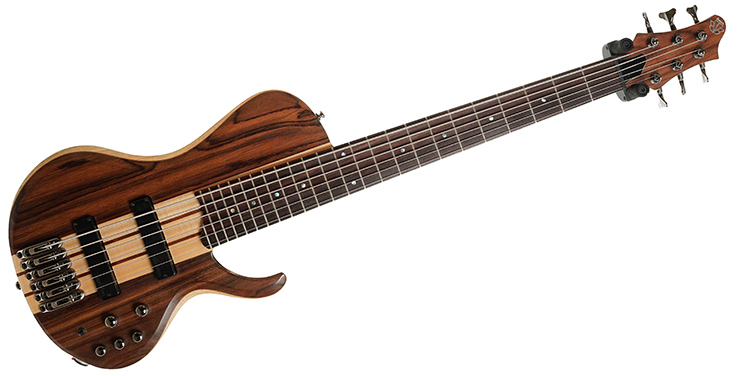
This extra inch makes the BTB more useful with lower notes, making this one a good choice for contemporary players. The styling is deliberately ‘stand-out’, so if you want to make a statement on stage, this is the style to go for!
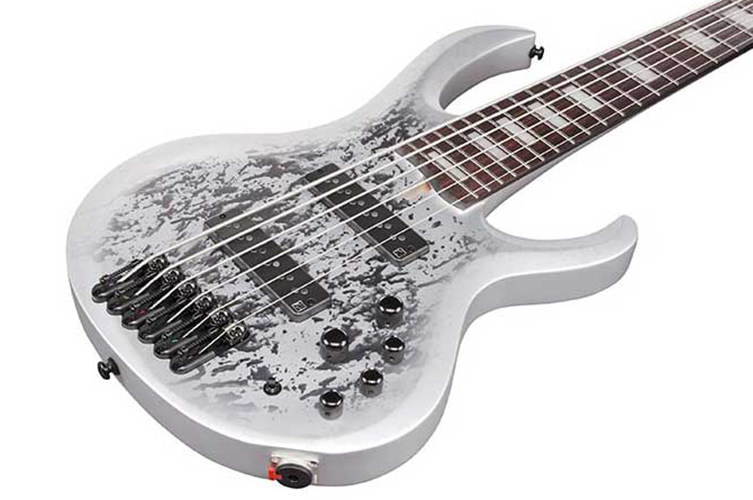
EHB
The Ibanez EHB is right on-point for today’s cutting edge player. It’s a headless design with a distinctive offset body that incorporates a large upper horn. Distinctive, yes, but also beautiful, the EHB style is more lightweight and portable than a lot of basses.
Most EHB basses are part of the Bass Workshop range, so there are lots of cool features: fanned frets, for example, 5 & 6 string versions, Nordstrand pickups and of course a plethora of burl tops for that beautiful contemporary look.
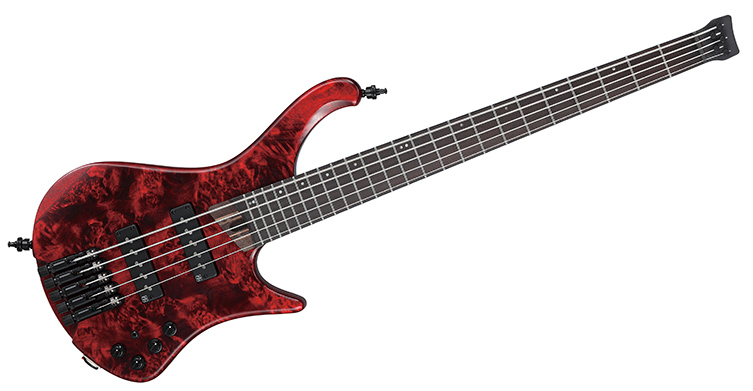
Talman
Another original design from Ibanez is the Talman, a very indie-rock shape that offers a complete contrast to the more ‘high-performance’ styles we’ve seen so far. The Talman has far more of a punk ethos going on, but even the most affordable TMB30 model still has a PJ pickup configuration (PJ is a combo of a Precision bass split-coil pickup and a Jazz bass single coil), allowing you a good selection of tones.
Short scale Talmans are available too (the TMB35, which is also a 5 string!) for those who are transitioning from guitar to bass and need a more familiar shape. For a bit of flash, check out the TMB400TA in Cosmic Blue Stardust with block inlays!
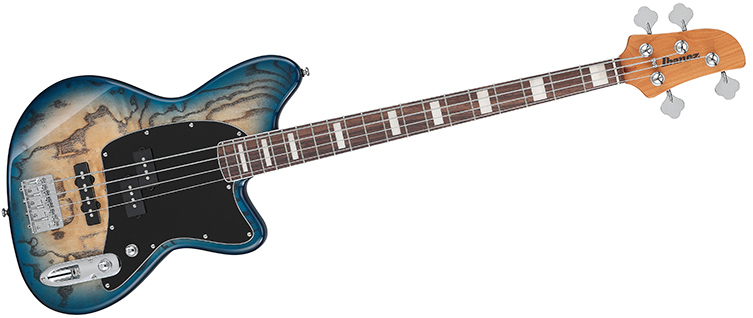
Semi-Acoustic Basses
Ibanez are very well known for their semi-acoustic guitars, so it stands to reason that their bass output should reflect this. Ibanez have used the ‘Artcore’ term for these types of instruments (‘Artstar’ too) since the 70s, and this tradition continues today with a strong selection of attractive, more traditional looking instruments. Blues, classic rock, indie and jazz fans will doubtless be interested, and this being Ibanez, there are innovations afoot here too: the AFB200 model, for example, combines a fully hollow body with a specially-designed short 30.3” neck.
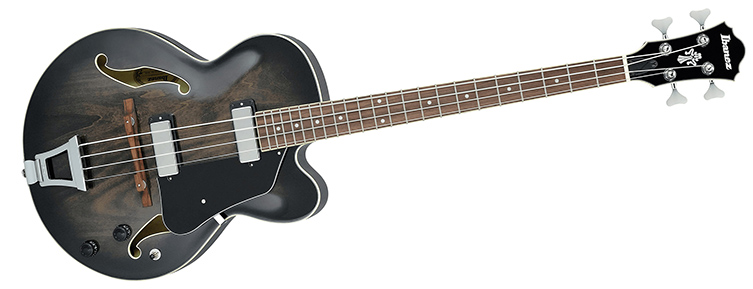
Other models feature different scale lengths, solid centre blocks and different body sizes to accommodate a diverse range of players.
Ibanez Basses
This brief skip through the world of Ibanez basses has hopefully made it clear how rich and diverse the brand actually are. It seems obvious to say, but they are one of the world’s biggest-selling bass brands for a reason! No matter your budget, your intentions or your aesthetic preferences, Ibanez will have something that’s up your street, whilst committing to quality and originality.
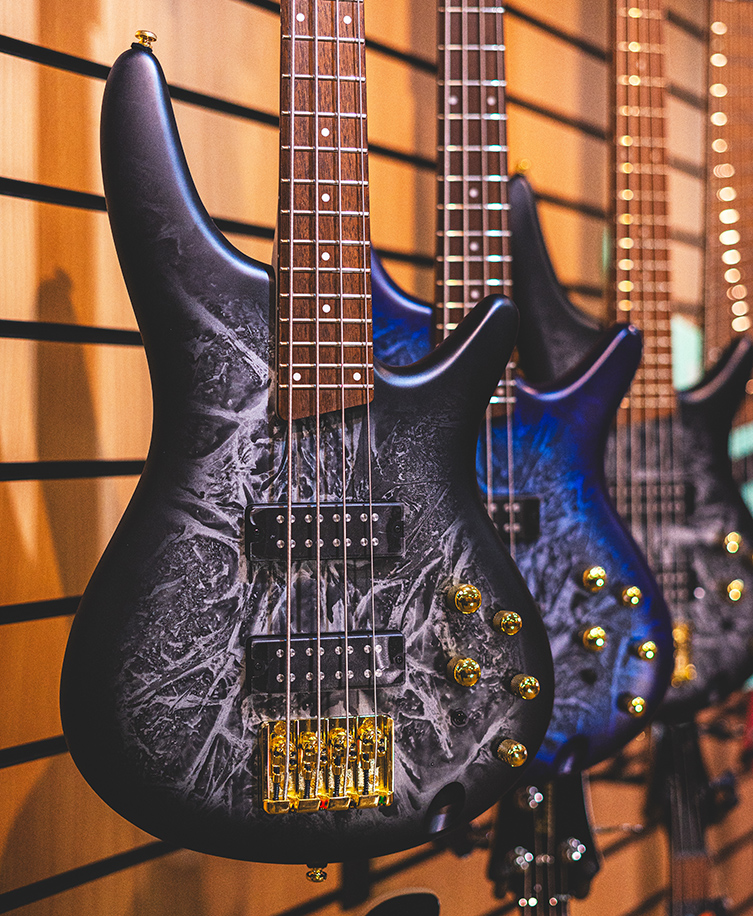
Click to View our Ibanez Basses


